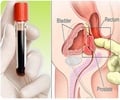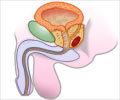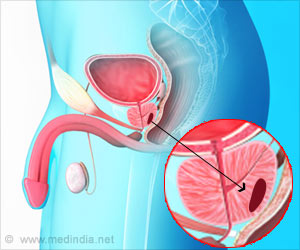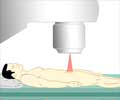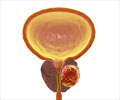Men with non-aggressive prostate cancer can choose to monitor their disease by active surveillance rather than seeking immediate treatment.
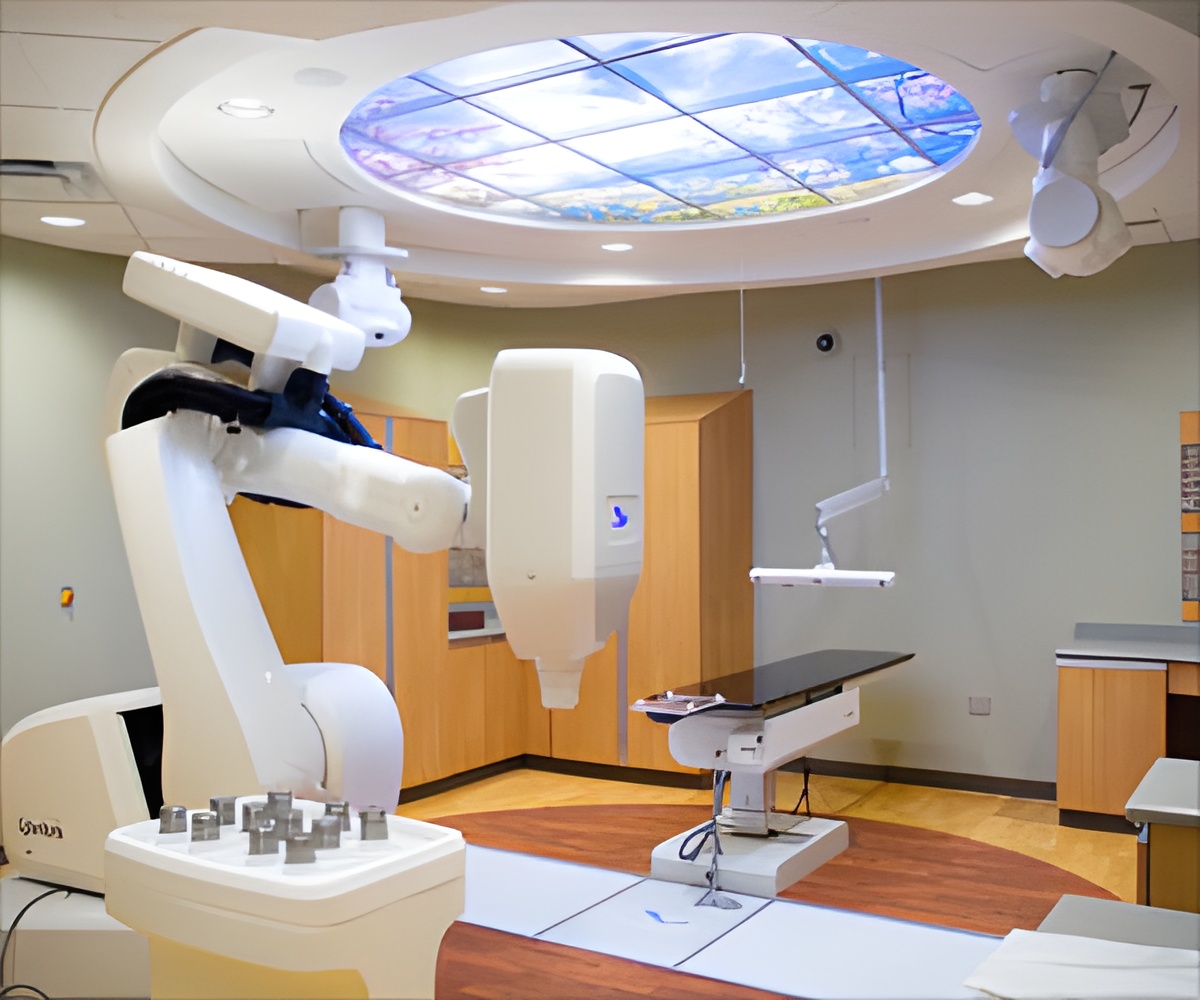
‘Choosing active surveillance over immediate treatment reduces risk of sexual dysfunction and bowel and bladder problems that accompany traditional therapies like radiation and surgery.’





The U.S. National Cancer Institute estimates that 26,000 American men will die from the disease in 2016, with 181,000 getting diagnosed, most in its earliest stages.Led by researchers at NYU Langone Medical Center and its Perlmutter Cancer Center, an international team concluded that men are likely to choose monitoring once presented with the choice.
For the study, researchers analyzed data from Sweden's National Prostate Cancer Register, one of the few such national databases in the world (and for which nothing comparable exists in North America).
The monitoring called active surveillance, relies on regular blood tests, physical exams, and the periodic biopsy, or sampling, of prostate tissue to screen for any signs of a tumor's growth before therapy is considered.
The move to active surveillance, averts the risk of sexual dysfunction, as well as bowel and bladder problems that frequently accompany traditional therapies.
Advertisement
Among the study's key findings was that from 2009 to 2014 the number of Swedish men with very low-risk cancer choosing active surveillance increased from 57% to 91%, and men with low-risk cancer choosing this option rose from 40% to 74%.
Advertisement
Loeb, an assistant professor in the urology and population health departments at NYU Langone, and a member of Perlmutter, says that while increasing numbers of American men diagnosed with early-stage disease are choosing active surveillance, they still account for less than half of those for whom it is an option.
"Our findings should encourage physicians and cancer care professionals in the United States to offer such close supervision and monitoring to their patients with low-risk disease," says Loeb. More American men opting for active surveillance, she adds, "could go a long way toward reducing the harms of screening by minimizing overtreatment of non-aggressive prostate cancer."
Loeb says recent studies have suggested that some men with early-stage disease who opted for treatment, later regretted it because of lingering problems, such as incontinence and impotence.
A large study also recently showed no difference in death rates a decade after diagnosis between those who chose active surveillance and those who chose immediate treatment, Loeb says. Meanwhile, there is a greater risk of side effects among men undergoing therapy.
However, that this pattern has not been confirmed for the Swedish men in the current study.
Source-Medindia

